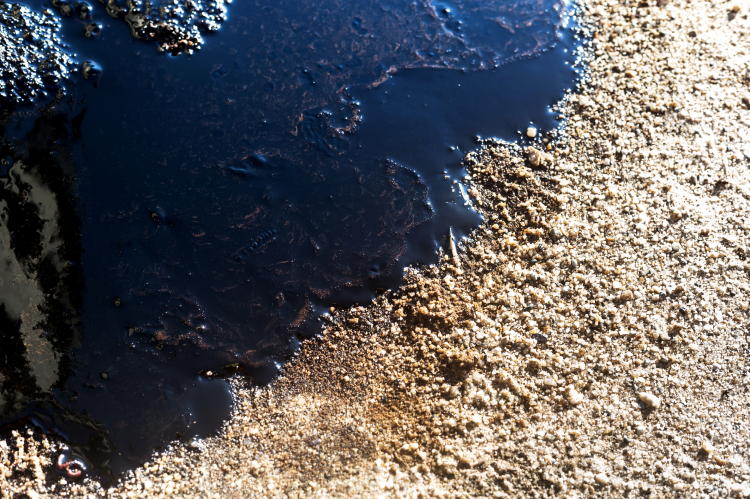Keystone Pipeline Remains Offline After Biggest Oil Spill In Operating History

With other pipelines between Canada and the United States at near capacity, there is no wiggle room to transport more oil to offset the approximately 600 000 barrels taken away by the rupture in the Keystone pipeline.
The outage on the Keystone (see Pipeline Journal from 12 December 2022), the largest of the pipelines originating in Canada, could affect inventories at a key U.S. storage hub and cut crude supplies to two oil refining centers, analysts and traders said.
"The main question continues to be the duration of the potential outage... the longer the duration, ultimately, of course means potentially tighter inventories in Cushing or heavy (crude) on the Gulf Coast," said Michael Tran, a managing director at RBC Capital markets.
A report conducted by the U.S. Government Accountability Office showed the Keystone has recorded 22 previous ruptures since 2010 leaking a total of 11,975 barrels of crude oil, or a little over 500,000 gallons. Combined with last week's incident in Kansas, the pipeline has spilled a little over 1 million gallons of oil in a dozen years, enough to fill one-and-a-half Olympic-size swimming pools.
The spill in Kansas took place downstream from a key junction in Steele City, Nebraska, where Keystone splits to run into Illinois. That stretch of the line could be restarted, but the other segment affected by the spill will not come back until regulators approve a restart.
In the US Department of Transportation order shutting Keystone down, dated 8 December and signed by Alan Mayberry, an associate administrator for pipeline safety, the agency mandates TC Energy take the segment offline until it takes action to address public health and environmental concerns.
That includes a submitted analysis of what went wrong, testing and a plan for how to restart operations.
Given the unknown nature of what went wrong and those issues which "may have caused the failure remain present in the pipeline and could lead to additional failures," Mayberry wrote that continuing to operate the portion of the pipeline "without corrective measures is or would be hazardous to life, property, or the environment, and that failure to issue this Order expeditiously would result in the likelihood of serious harm."
